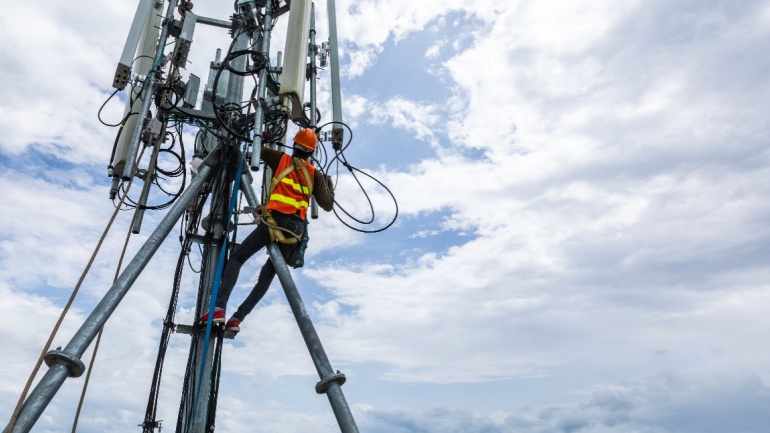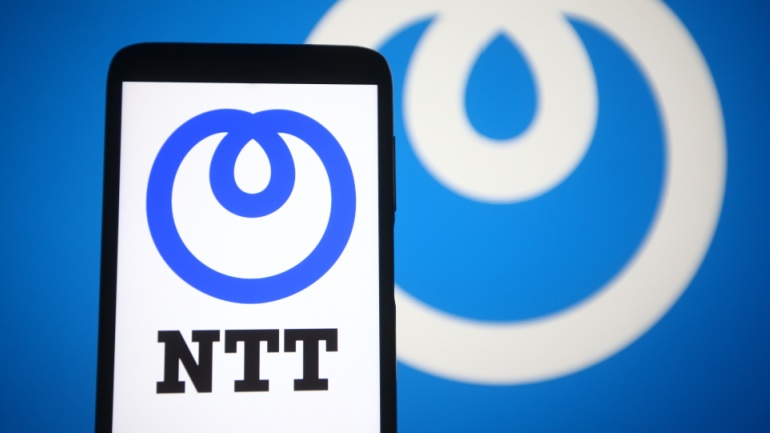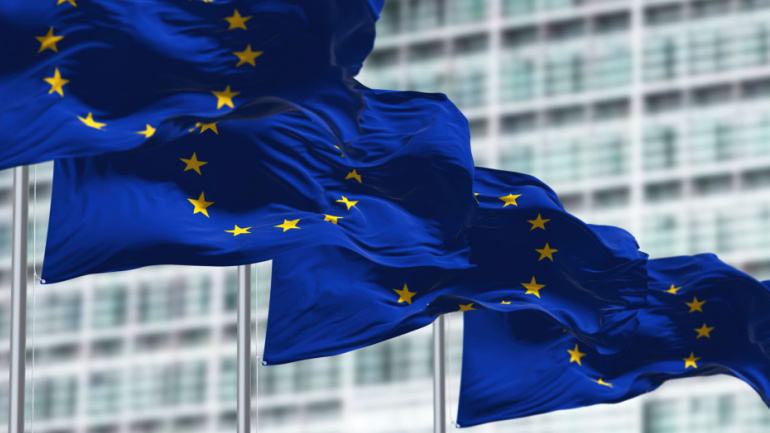In an unexpected evolution, Spirent Communications, a UK-based telecom testing group, put the brakes on their £1 billion merger agreement with Viavi Solutions, after a victorious proposition swooped in from Keysight. Celebrating the unexpected alliance, Spirent cited the extensive resources and product range Keysight offers, promising to bring considerable advancements to the tech industry.
Juniper Research, in partnership with VOX Solutions, delves into the increasingly critical issue of Artificially Inflated Traffic (AIT) and SMS Trashing impacting the global business messaging sector. The report divulges disconcerting figures, with fraudulent activities such as AIT significantly bolstering operational costs and potentially costing enterprises an alarming $60 million annually.
SmartCIC, a global managed service provider has appointed Johnatan Santana as its Head of Carrier Wholesale and Reina Borjas as Senior Sales Manager. SmartCIC is making strategic investments in talent by building out its international wholesale connectivity team to support growing demand for end-to-end ‘through the line’ solutions and its approach to connectivity.
Digital Infrastructure Minister Julia Lopez MP addresses the need for shared infrastructure to tackle excessive fibre network duplication. She spotlights rural areas, where public perception of full fibre deployment is significantly affected by perceived uncontrolled infrastructural rollout. This prompts a change in guidelines to involve communities in the roll-out process, helping operators extend their networks without hindering local approval.
Japan’s largest telecom provider, NTT, might get a break from longstanding regulations that have created competitive boundaries since its partial privatization back in the 1980s. But will this veer the industry off the road to a fair market environment? The proposed changes face major resistance, with critics highlighting the impact on national interests and the security of Japan’s telecom infrastructure.
Bouygues Telecom is set to challenge the balance within French telecommunications with a €963.4 million bid to fully acquire La Poste Telecom. Currently split between La Poste Group and SFR, the potential ownership change will significantly boost Bouygues’ customer base and reinforce its position in both mobile and fixed services.
Mobilise, a telecommunications software powerhouse, is set to deepen its influence in Africa with Tier 5 MVNE services launch in Nigeria, Africa’s vast telecom market worth US$9.09 billion. Responding to the demand fuelled by over 30 MVNO licenses recently issued by Nigerian Universal Service Provision Fund (USPF), Mobilise positions itself at the forefront of this transformative stage.
As the evolution towards 6G continues, telecommunications mammoths NTT DOCOMO and NTT, have expanded their research circle to include SK Telecom and Rohde & Schwarz. The newly inducted collaborators will aid in various 6G trials in Japan, focusing on identifying potent frequency bands for the upcoming technology. Of particular interest is the development of a ‘6G AI-native air interface’, that promises to bolster network performance and energy effectiveness.
Breaking new ground in the European telecoms sector, France’s Orange and Spain’s MásMóvil have won European Commission approval for their joint venture with a proviso. A stipulation of the deal instances Romania’s Digi – Spain’s largest MVNO – to acquire spectrum from MásMóvil. With this move, Digi could transform into the fourth mobile operator for the Spanish market.
As debate swirls around potential alterations to EU telecom sector merger regulations, European Commissioner Margrethe Vestager maintains her stance. Even with industry pressure for a shakeup due to challenges like 5G rollouts and shrinking profit margins, she insists on preserving existing rules.













